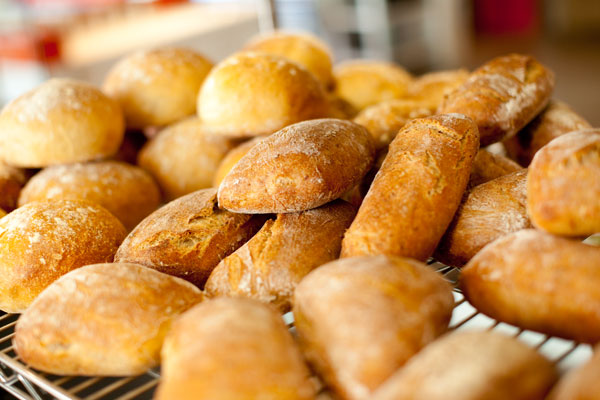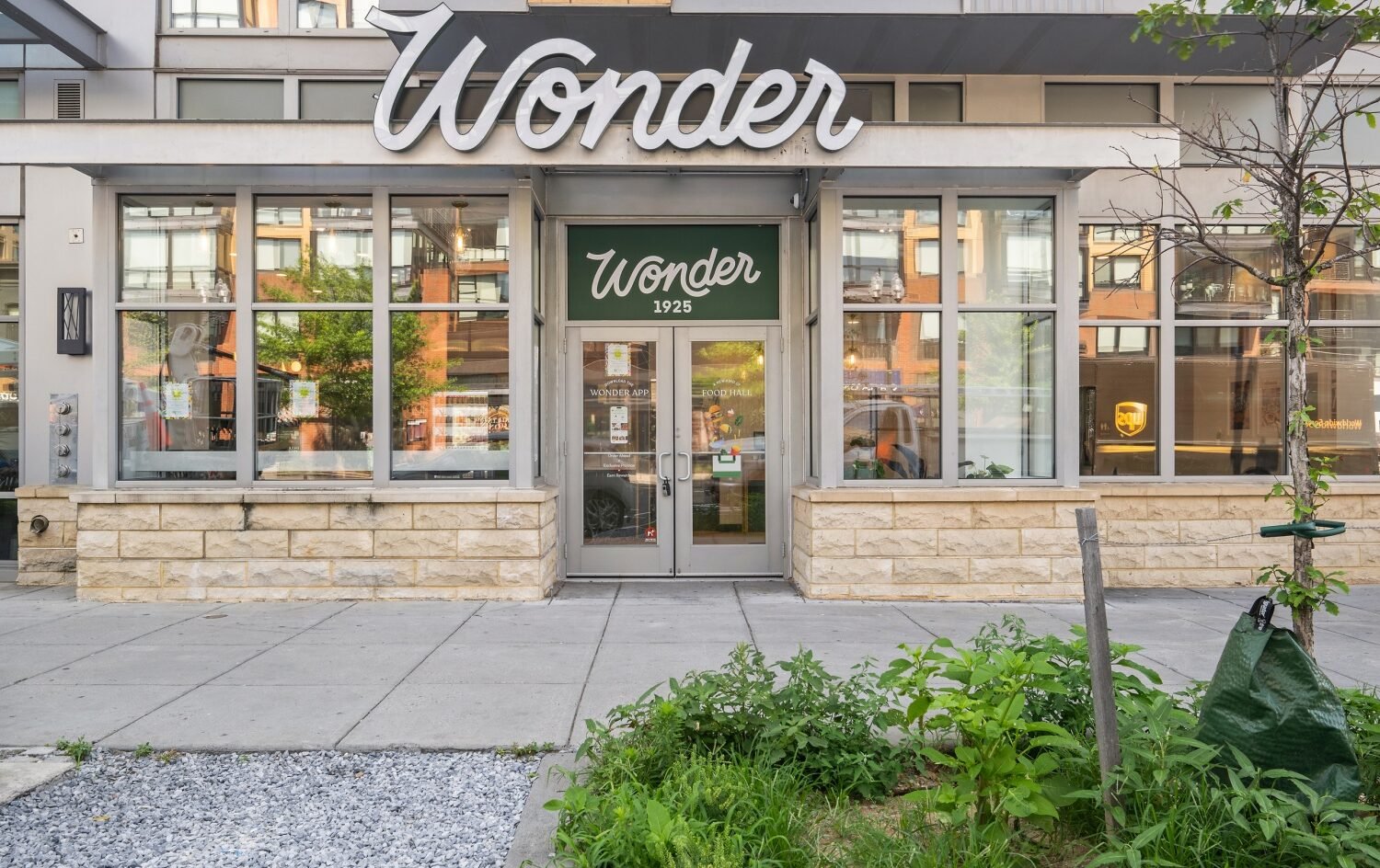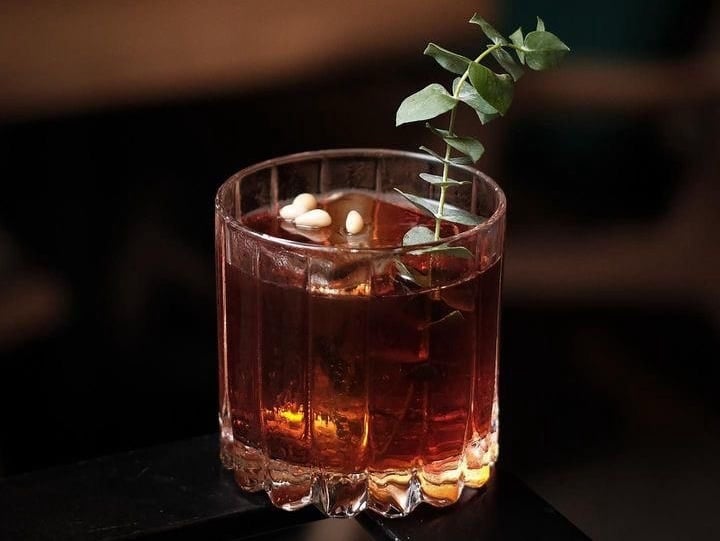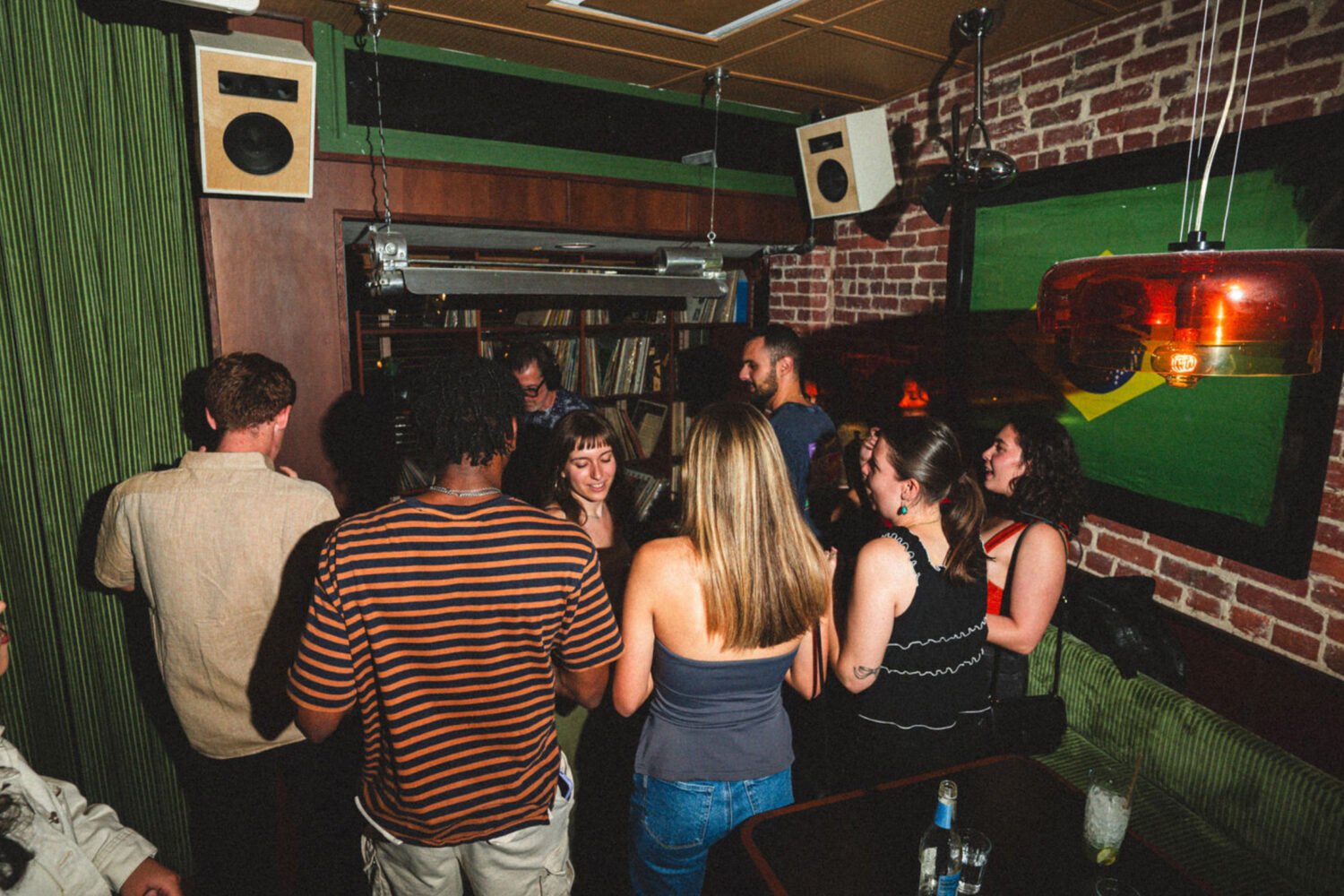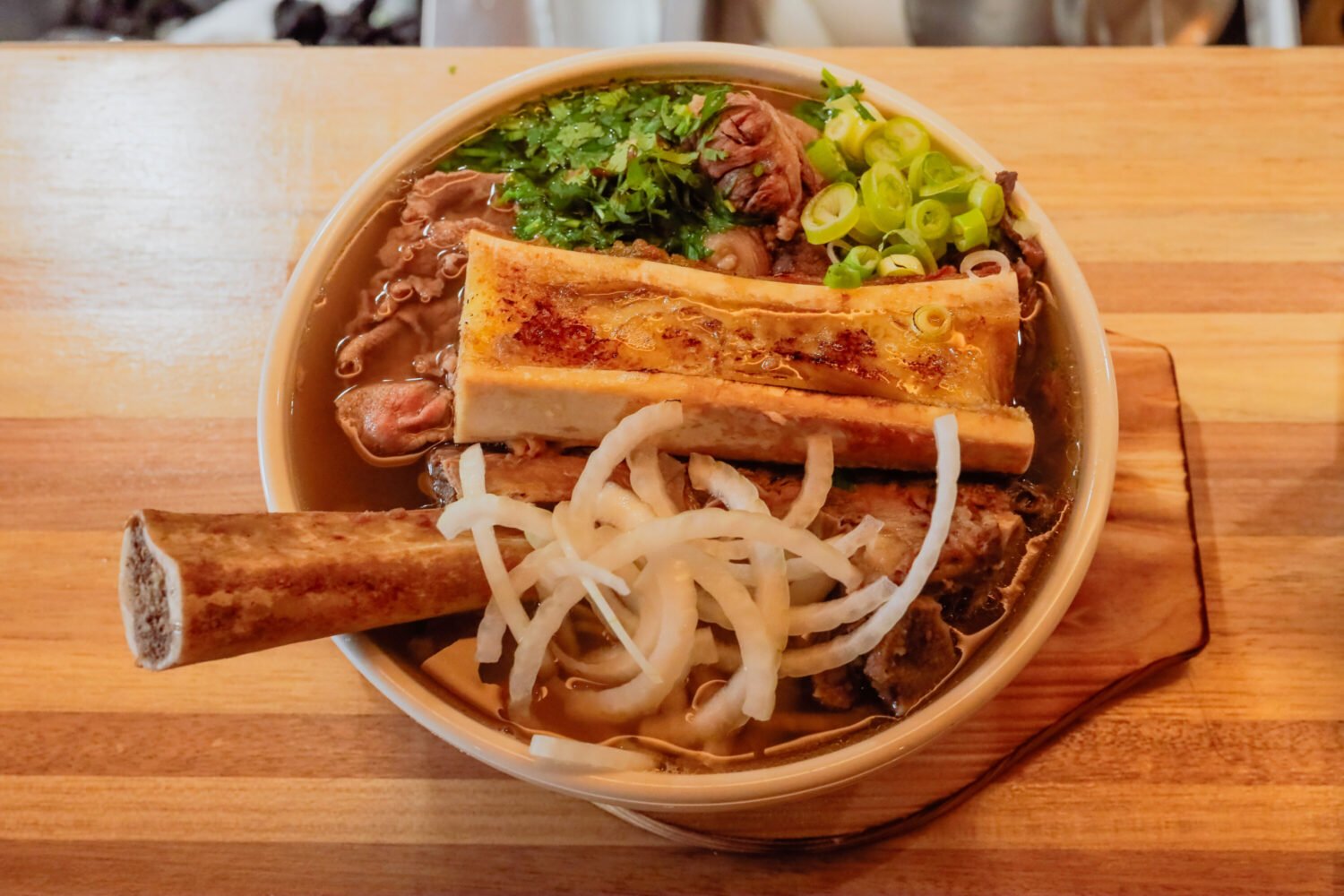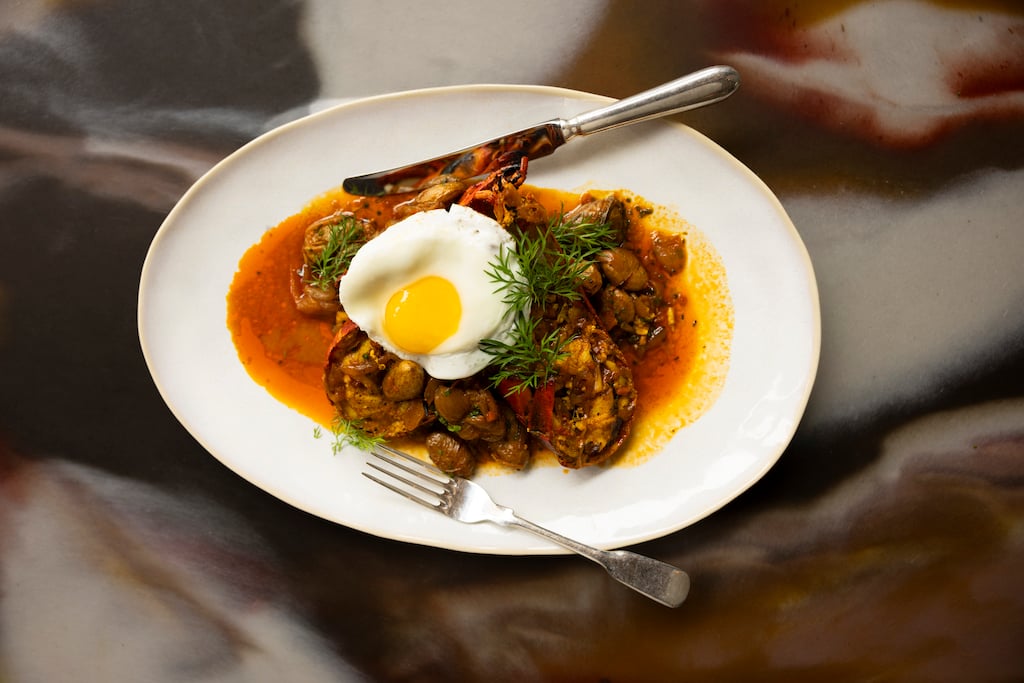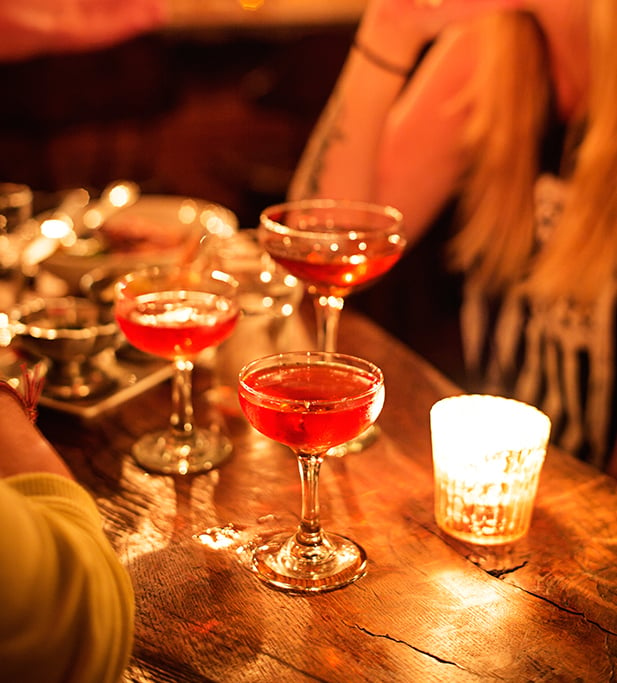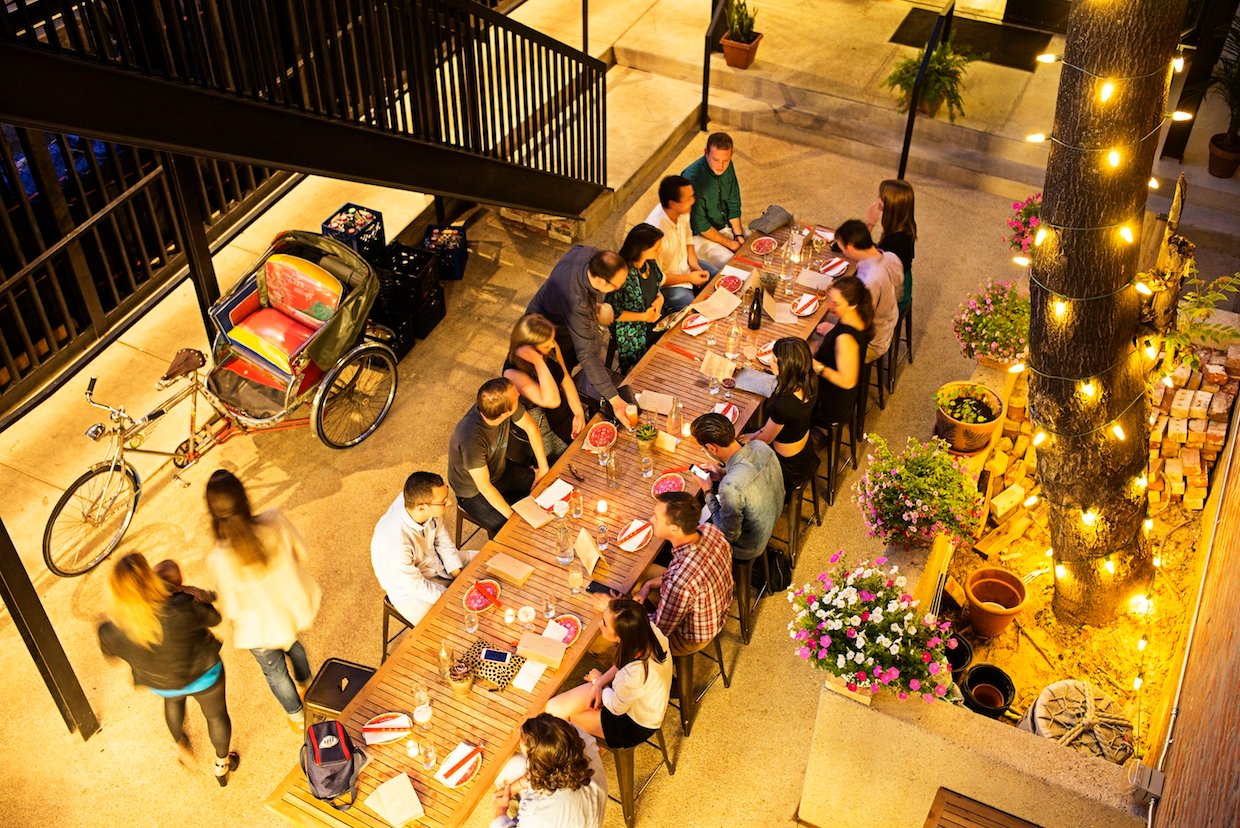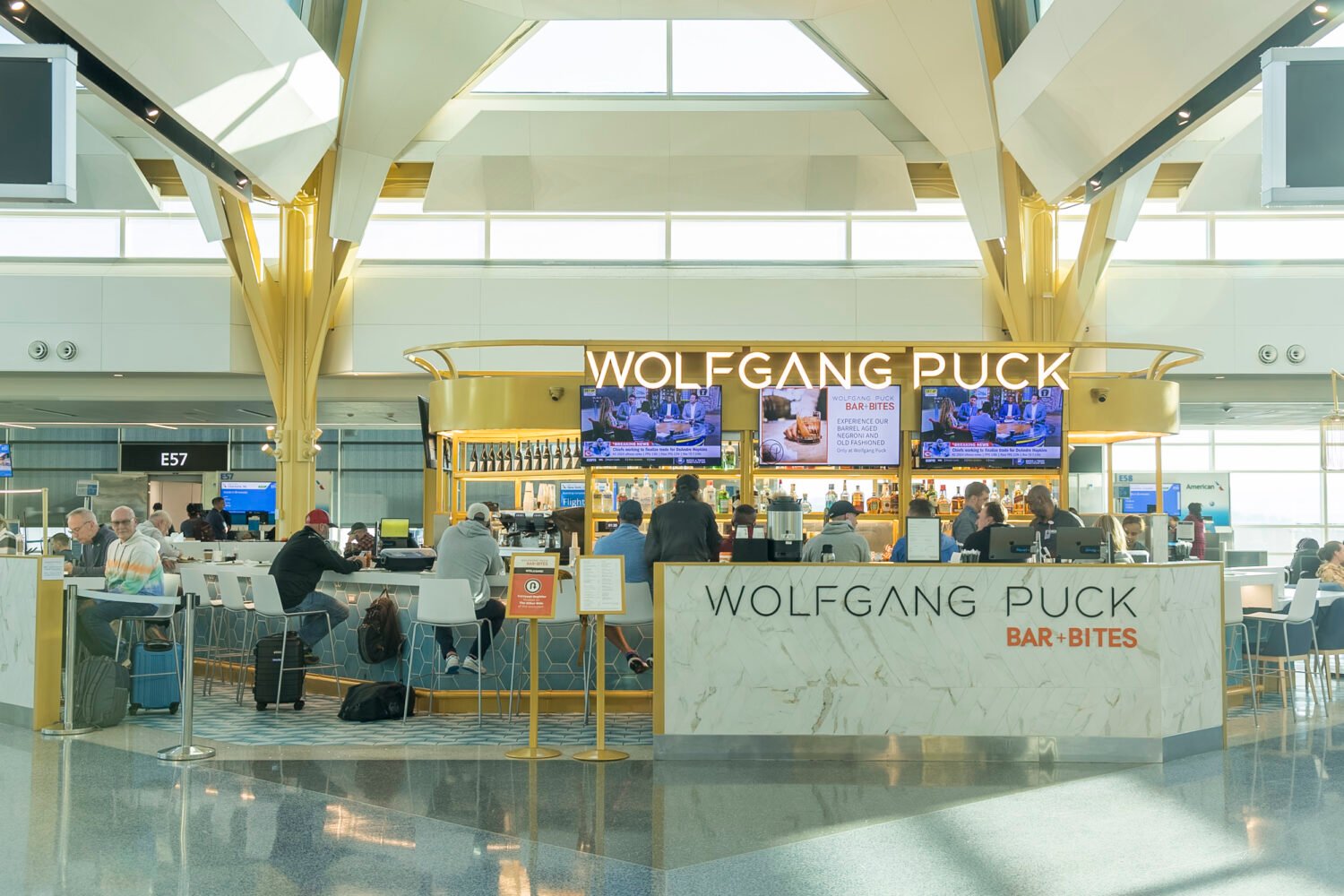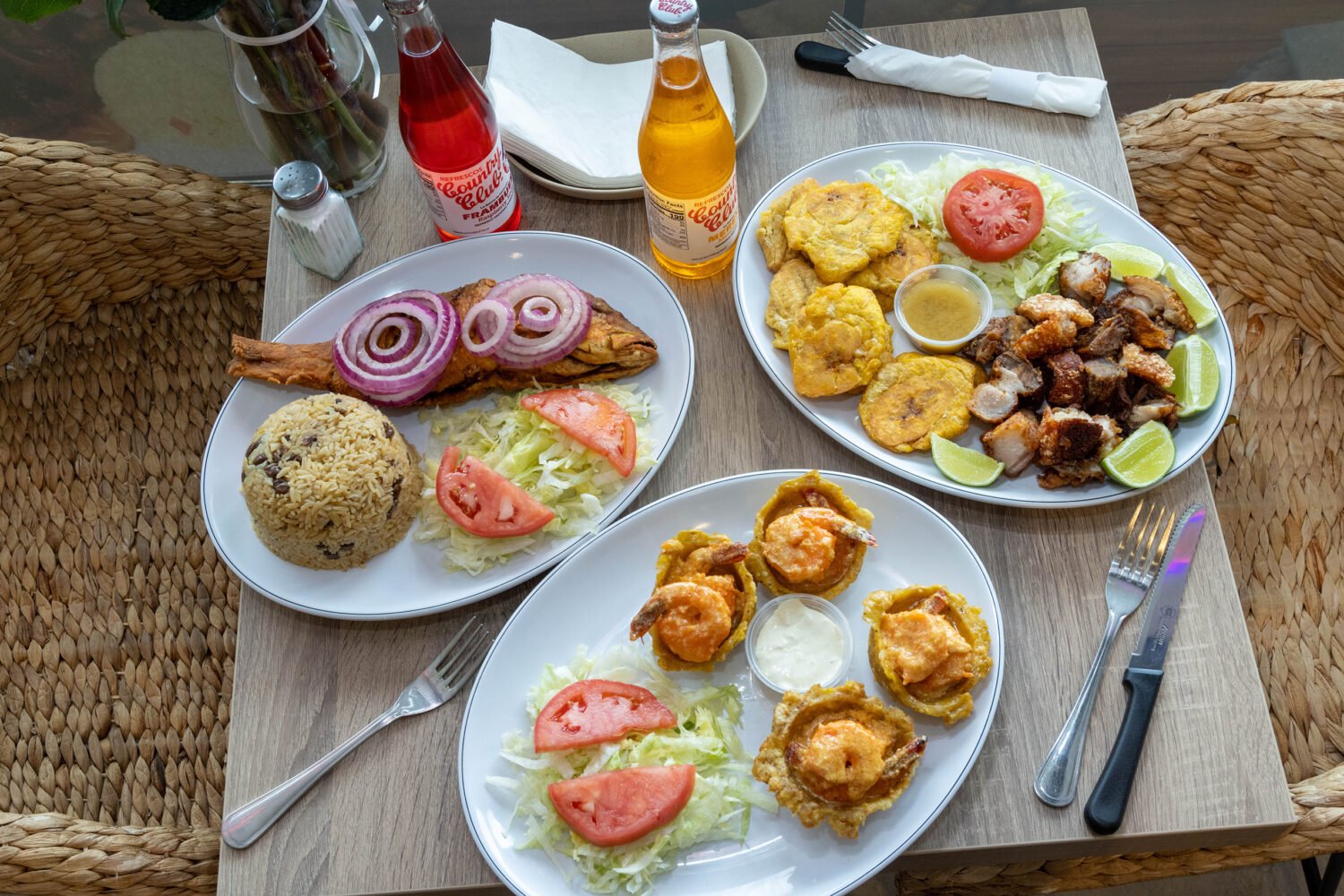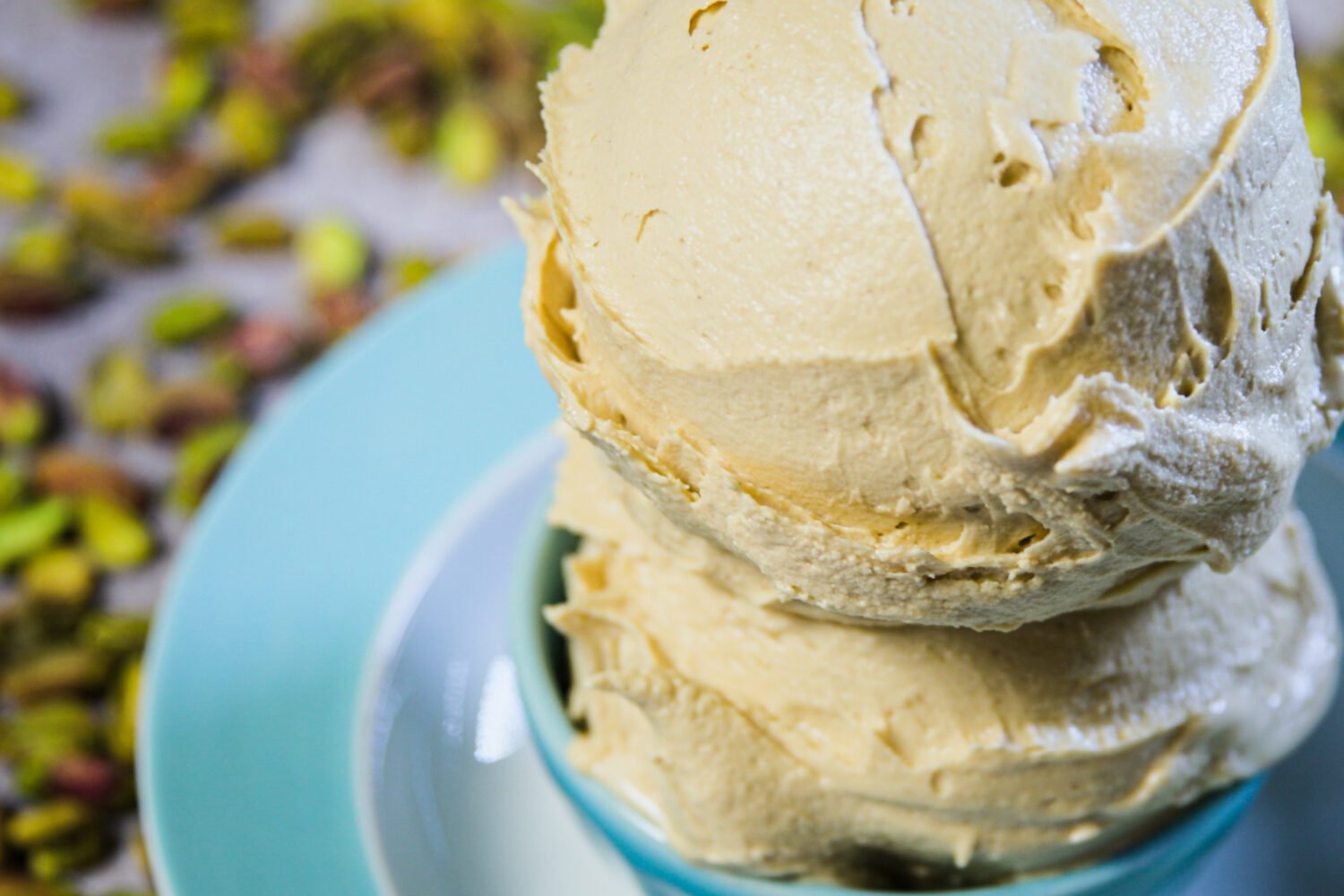Photograph by Scott Suchman.
There are a number of ways to gauge the health of the economy. In the restaurant world, you check the bread basket.
Restaurateurs are in a bigger pinch these days than a family-values politician accused of philandering. Rising gas costs mean higher prices on ingredients that are flown and trucked in—ingredients that already are more expensive than they were a few years ago.
What to do? Raise entrée prices and restaurants risk alienating their audience. “You charge more than $30 for a dish,” a high-profile owner told me, “and you lose ’em.”
Tack a few bucks onto a glass of wine? In many upmarket restaurants, you can expect to drop $14 on a pour of Chardonnay. The generally accepted solution has been to leave entrées alone and scale back on extras, such as bread. Lost Society and Sax—to choose two relative newcomers—have done away with bread. Lincoln, another recent arrival, allots one slice per person.
Uneaten or half-eaten baskets are the norm, restaurateurs say. But jettisoning what some see as extraneous and wasteful comes at a larger cost, because what these restaurateurs are also dispensing with is a grace note of hospitality. What would Vidalia be without its cornbread and onion rolls, which remain one of the most compelling reasons to visit Jeff Buben’s venerable gem?
Some have opted to keep the bread, but at a price. This is standard practice now at the rollicking tapas house Estadio; the José Andrés “pop-up” restaurant, America Eats Tavern; District Commons, the latest venture from Passion Food Hospitality; and Mike Isabella’s Graffiato, where flatbread with whipped ricotta will set you back $5.
At high-profile Mexican restaurants, the chip basket has suffered a similar fate. When El Centro D.F.—the 14th Street taqueria from nationally renowned chef Richard Sandoval—opened last summer, I ordered chips and salsa to go with my margarita and was told they’d cost me $4. (Currently chips and salsa are free, but they’re not on the menu—you have to ask.)
José Andrés’s Oyamel sends out a basket of chips and salsa at the start of a meal, but if you’re looking for extra to munch while tanking down those salt-air margaritas, you’re going to have to pay.
The most egregious example of surcharges is the most recent: Elisir, the new restaurant from former Teatro Goldoni chef Enzo Fargione, initially charged 29 cents for water. Not mineral water. Tap.
Management explained that the cost had to do with the charge for filtering its tap water. Bowing to pressure in the blogosphere, the restaurant rescinded the charge.
It’s astonishing that restaurateurs who work hard to make a good first impression are so willing to set a tone of stinginess.
There are many ways to cut corners, and the wiliest owners of old knew where to trim. Lose the porterhouse and gain a hanger steak. Mackerel instead of turbot. Out with the chops and in with the braise.
But bread and water? Even prisoners get those for free.
This article appears in the March 2012 issue of The Washingtonian.

